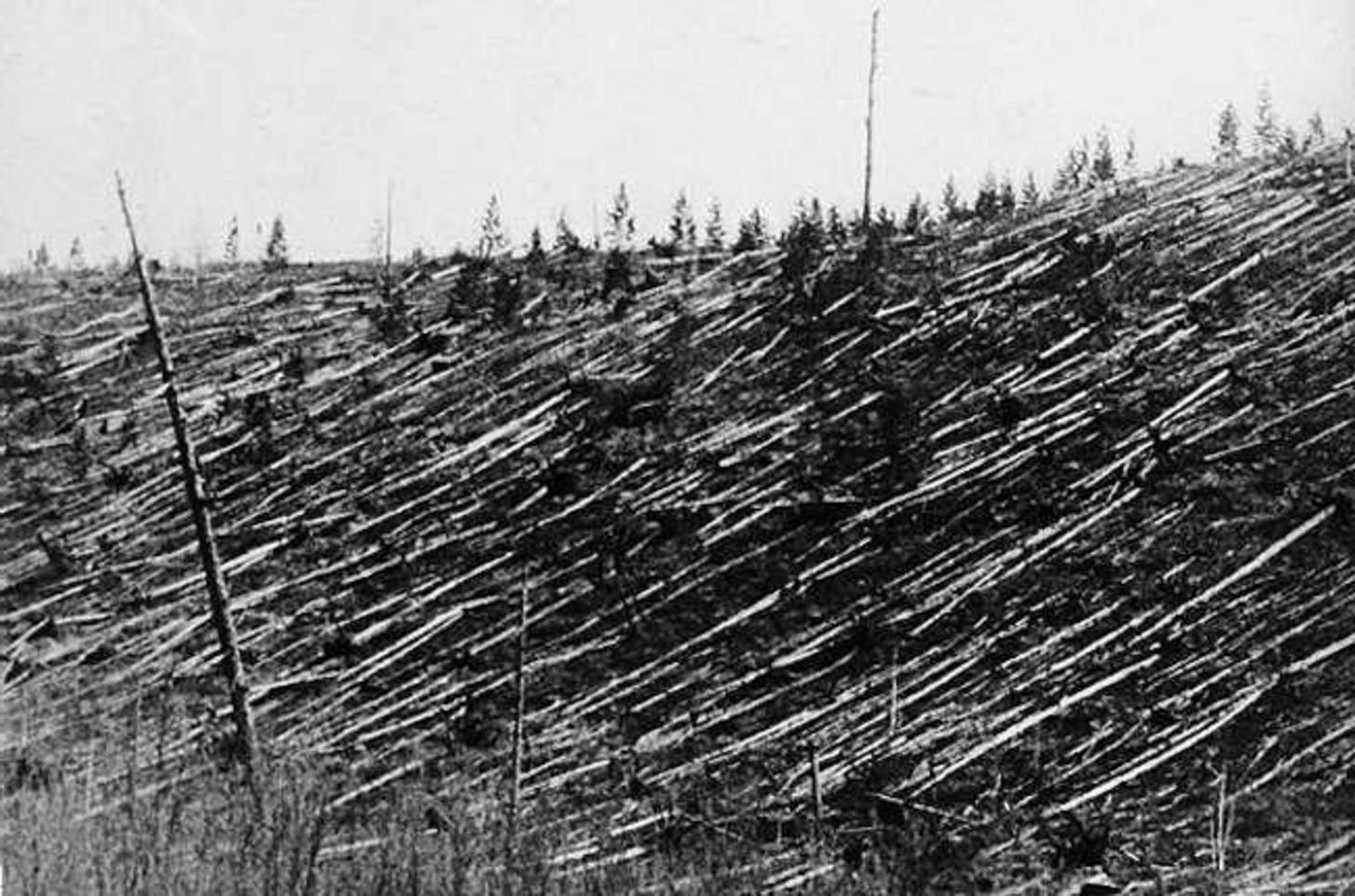
 Bounds for the trajectory and the radiant of the meteorite were found.
Bounds for the trajectory and the radiant of the meteorite were found. This popular science book shares the fascination of the Tungus Event, a major mystery of the 20th century, in a factual and informed way.In 1922, a meteor shower rained down on the village of Tsaryov near Volgograd in Southern Russia. Between Tunguska and Chelyabinsk, Russia has witnessed at least three such events. From the testimony of eyewitnesses, the brightness, color, and form of the head and the envelope of the meteorite, the character of the explosion, and the geocentric velocity were determined. As a meteorite slams into the atmosphere at speeds around 12 to 20 km/sec or more, itexperiences a strong mechanical shock, like a diver bellyflopping into. The comprenensive Tungus Meteorite Expedition has its laboratory on this taiga lake near the Podkamennaya Tunguska river. On the basis of investigations of acoustic and light phenomena, an estimate of the number of wind-fallen trees, the amplitude of oscillation of the atmospheric pressure at Slutsk and in England, and, finally, a comparison with other phenomena, the order of the work done by the explosion was calculated and found to be ***10 29 and ***10 21 ergs. Scientists believe that a meteorite came in contact with the earths atmosphere and exploded shortly before hitting the earths surface, leveling nearly 800.

On the basis of sound phenomena and data supplied by barograms and seismograms, the moment of the explosion of the meteorite was determined (as 0 h ***16 m G.M.T.). Flattening trees requires an immense shock wave. 500,000 acres, the size of a large metropolitan city, were flattened. The photograph was taken by the Soviet Academy of Science 1929 expedition led by Leonid Kulik. The atmospheric phenomena accompanying the flight were studied with the aid of barograms from Siberian and European stations as well as seismograms recorded at Irkutsk. Trees flattened by the intense shock wave created in the atmosphere as the space rock exploded above Tunguska on June 30, 1908. The meteorological conditions on the morning of June 30, 1908, have been studied on the basis of data from meteorological stations in central Siberia. A map of the region of the fall has been plotted. New testimony of eyewitnesses was collected by the author and others in 1928-32. This article contains a brief review of previous research chiefly, however, new data concerning the fall of the Tungus, central Siberia, meteorite on June 30, 1908.


 0 kommentar(er)
0 kommentar(er)
